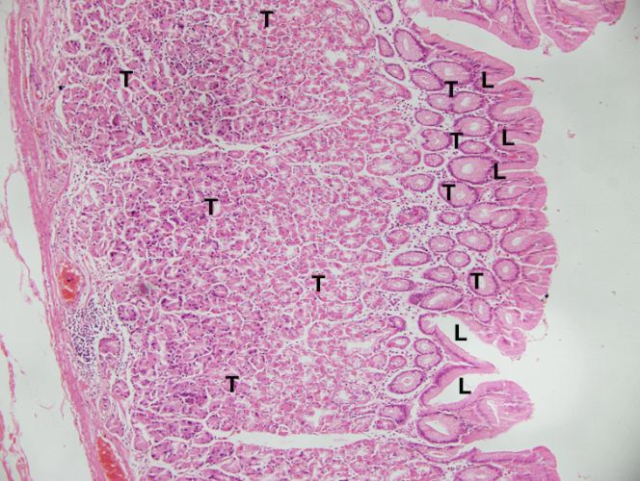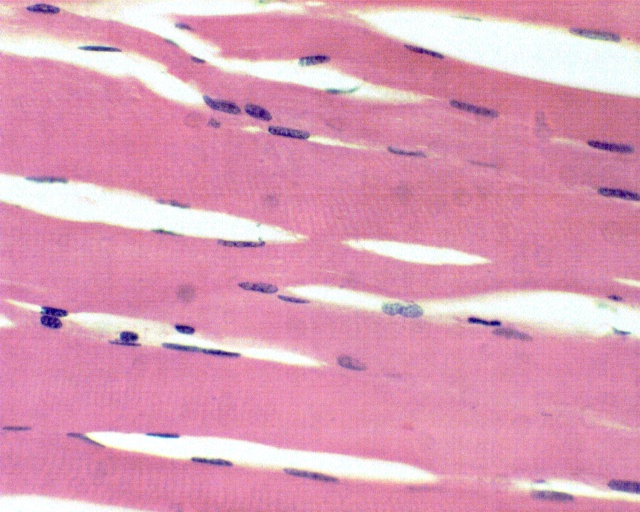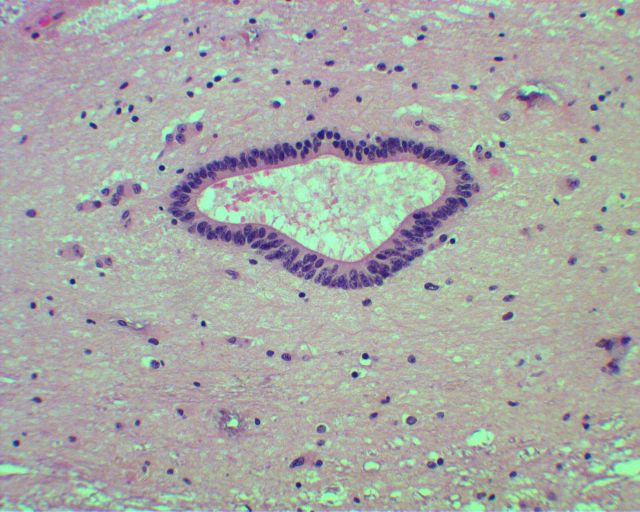 Oh Goblet cells, oh goblet cells……………..
Oh Goblet cells, oh goblet cells……………..
In 2017/2018 Histology students created over 100 new images and MCQ for HistoLab. Two students spent their science internship over the summer holidays rejuvenating and upgrading the HistoLab portal to include 16 modules.
My name is Rana; I am an undergraduate student who finished Histology in 2018. During my histology studies, I was glad that we had such an excellent study resource “HistoLab modules” which made studying histology easier and helped me a lot during practical classes. For those reasons, my colleagues Ingrid and I spent our summer holidays updating and generating new Histolab modules for 2019 Histology students using the stored image banks of 2017 & 2018 student-generated MCQ and images. We had a lot of fun and a remarkable three weeks recreating these modules. We generated a module for every topic using images which was taken from slides that will be used during practical classes. I hope you guys appreciate this valuable study recourse and I encourage you all to use it before practical classes for easier identification of histological structure. Have fun and enjoy studying such an interesting subject with awesome teaching staff.
My name is Ingrid, and together with Rana I have been updating the Histolab modules. I hope you will find them useful and use them, as I think they are a great learning resource to use before you come to your practical class. As a former histology student I would also advise that you look at the additional learning resources (my favourite was University of Michigan “Webscope”)





